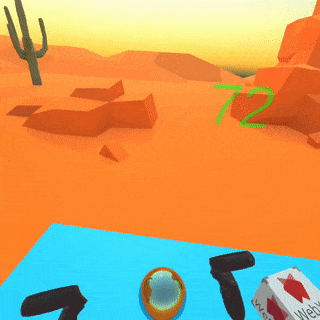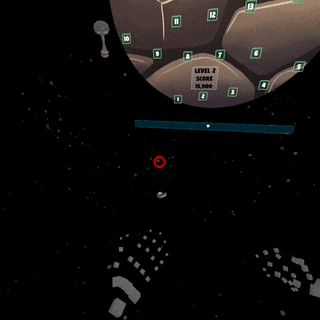WHAT IS WEBVR ?
WebVR is a technology that allows for the creation of virtual reality experiences within web browsers. It is an experimental feature that uses JavaScript and WebGL to develop web content that can be experienced in virtual reality. To interact with the 3D web-based environment, WebVR requires VR hardware devices like a head-mounted display equipped with position and motion sensors. Users can explore and interact with the virtual environment using this hardware, along with a browser that supports WebVR.
Supported Browsers for WebVR:
WebVR is primarily an API supported by specific VR-compatible browsers. Some of the browsers that support WebVR include:
- Firefox Nightly
- Samsung Internet
- Oculus Carmel
- Chrome Beta
- Microsoft Edge
Devices Compatible with WebVR:
WebVR identifies and tests the capabilities and compatibility of various VR devices and delivers graphics frames to create VR content. Some of the VR devices that can use WebVR include:
- Oculus Quest 1 & 2
- Oculus Rift S
- Oculus Go
- Sony PlayStation VR
- Samsung Gear VR
- HTC Vive
- HTC Vive Focus
- …
Difference between VR and WebVR:
VR: VR generally refers to the broader concept of virtual reality experiences, which can include various VR applications that users can download from platforms like Play Store or Apple Store.
WebVR: WebVR specifically pertains to VR experiences delivered through web browsers. It allows users to access virtual reality content directly from a website without the need for downloading separate applications.
Distinguishing WebVR from Regular Websites:
Compared to regular 2D websites, WebVR sites utilize 3D technology and virtual reality to create immersive experiences. Instead of presenting content with flat images and videos stacked on the same plane, WebVR enables designers to place objects in a fully 3D space. Users can explore and interact with these objects, rotate them, and observe details from any angle. Additionally, WebVR supports the inclusion of virtual narrators, giving users the impression of experiencing products or environments in a lifelike setting.
Applications of WebVR:
Although WebVR and WebXR (a broader term that encompasses various XR technologies) are not widely available yet, some industries have rapidly adopted the technology to provide interactive and immersive experiences. The following domains have shown interest in developing their own WebVR systems:
- Real Estate
- Interior Design
- Travel
- Automotive
- Maritime (Boats, Ships, etc.)
In these industries, WebVR allows for virtual tours, interactive product showcases, and other engaging experiences that can enhance customer engagement and decision-making. However, as of my last update in September 2021, WebVR was still considered an experimental technology, and its adoption might have evolved since then.


To test the possibility of Web VR, please make yourself comfortable and put on your VR headset. Then, using the internet browser of your VR headset, go to this page and click on the VR or AR button at the bottom right and voila, you are immersed in the VR or AR application without having to install anything.